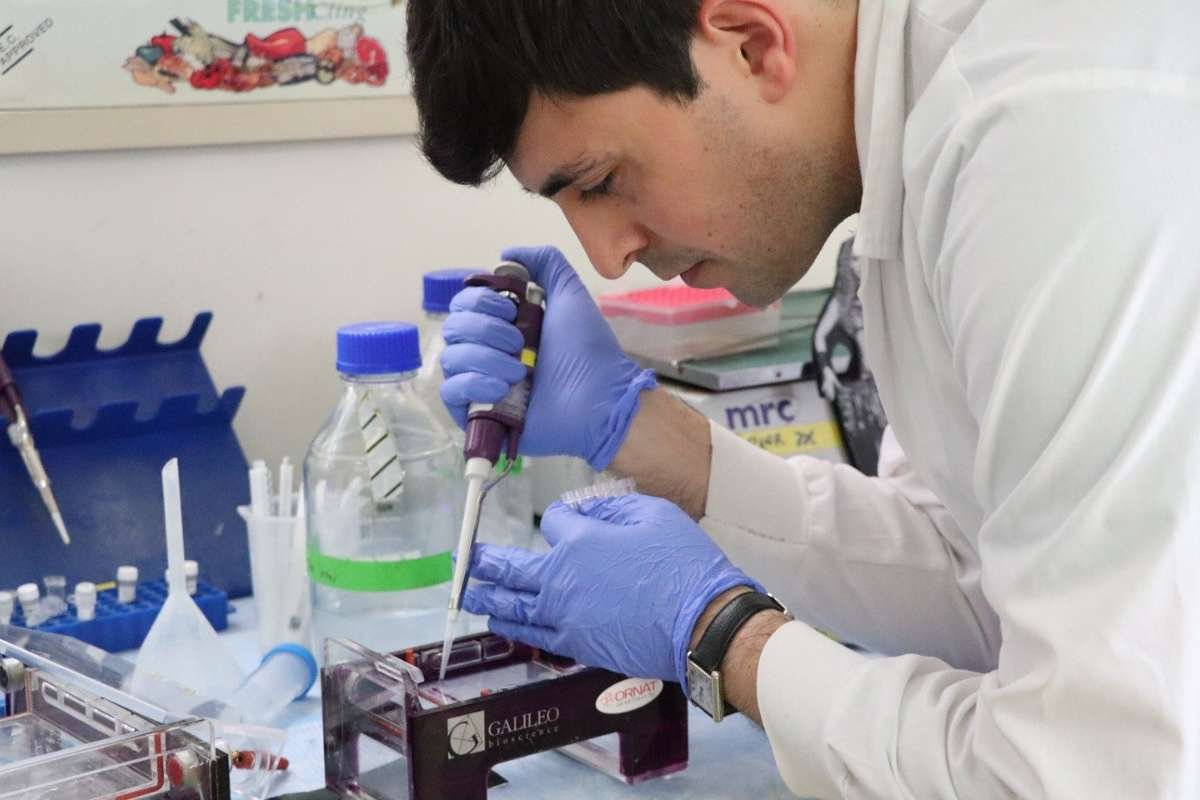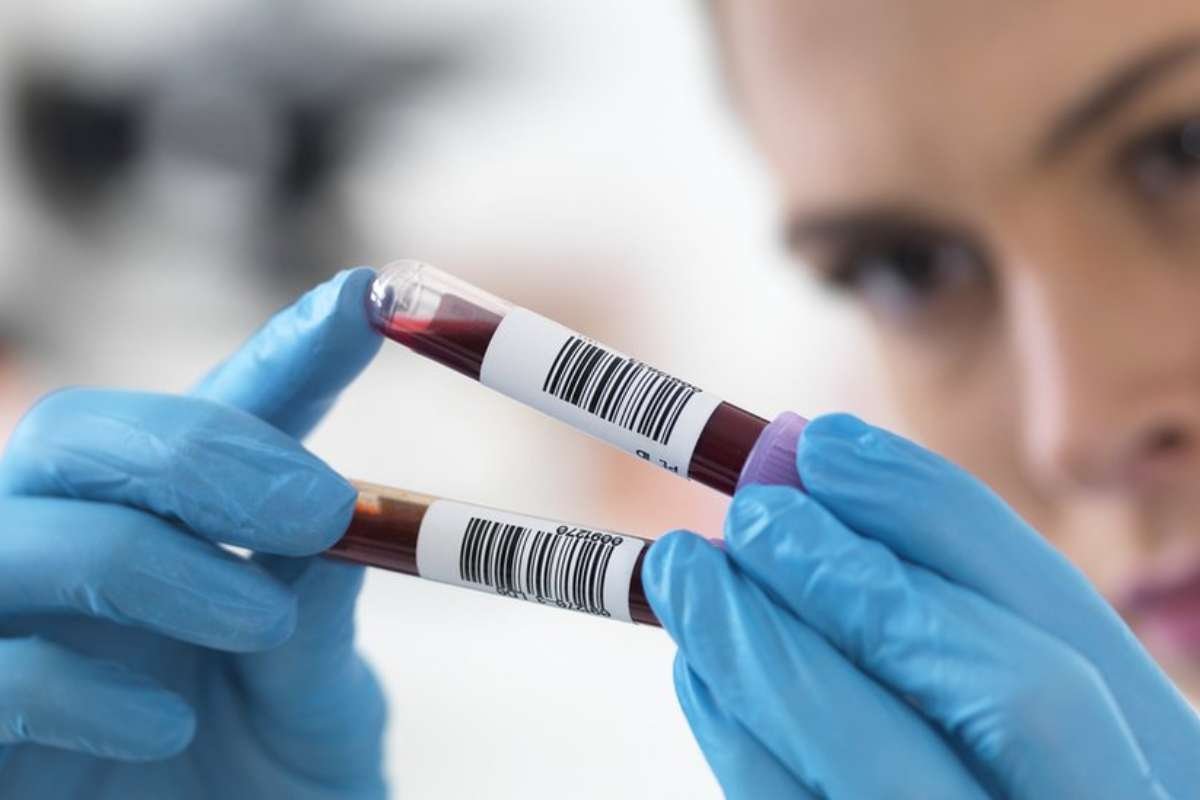Source-UT Southwestern Medical Center
Methicillin-resistant Staphylococcus aureus (MRSA) is a strong enemy in the complex realm of microbial dangers. It poses a substantial risk to public health and challenges current treatment procedures. This in-depth study examines the complexities of MRSA, exploring its origins, resistance mechanisms, clinical implications, and current initiatives to lessen its influence on healthcare systems and communities across the globe.
Understanding Methicillin-Resistant Staphylococcus aureus (MRSA):
1. Staphylococcus aureus Overview
Staphylococcus aureus, commonly known as staph, is a bacterium that resides harmlessly on the skin and mucous membranes of many individuals. While often considered a part of the human microbiota, S. aureus can transition from commensal to pathogenic, causing a range of infections from mild skin conditions to severe systemic illnesses.
2. Methicillin and the Rise of Resistance
Methicillin, a beta-lactam antibiotic, was once a stalwart in the arsenal against S. aureus infections. However, in the mid-20th century, the medical landscape witnessed a concerning development – the emergence of methicillin resistance in S. aureus strains. This marked the beginning of the era of Methicillin-Resistant Staphylococcus aureus, MRSA.
What antibiotics is MRSA resistant to?
1. Altered Penicillin-Binding Proteins (PBPs)

At the heart of MRSA’s resistance lies its ability to produce altered penicillin-binding proteins (PBPs). These proteins, responsible for building the bacterial cell wall, undergo genetic mutations in MRSA strains, rendering them less susceptible to the effects of beta-lactam antibiotics like methicillin.
2. Molecular Machinery
MRSA employs an intricate molecular machinery to resist the action of beta-lactams. This includes the production of beta-lactamase enzymes that cleave the antibiotic’s beta-lactam ring, rendering it ineffective. Additionally, the acquisition of mobile genetic elements, such as the staphylococcal chromosomal cassette mec (SCCmec), plays a pivotal role in disseminating resistance genes among bacterial populations.
The Impact of MRSA on Public Health:
1. Hospital-Acquired Infections
Methicillin-resistant Staphylococcus aureus (MRSA) is often associated with healthcare settings, causing hospital-acquired infections that range from skin and soft tissue infections to severe bloodstream infections. The heightened prevalence of MRSA in hospitals has led to increased morbidity, mortality, and healthcare costs.
2. Community-Acquired Infections
In recent years, MRSA has transcended the confines of healthcare settings and established a presence in the community. Community-acquired MRSA (CA-MRSA) infections manifest as skin and soft tissue infections, pneumonia, and other invasive diseases, affecting individuals outside traditional healthcare environments.
3. Vulnerable Populations
Certain populations are particularly vulnerable to MRSA infections. This includes individuals with weakened immune systems, those residing in crowded or confined spaces, and those with frequent skin-to-skin contact, such as athletes. The prevalence of MRSA among these populations raises concerns about its potential for rapid transmission.
Tracking the Spread of MRSA
1. Genetic Diversity
Methicillin-resistant Staphylococcus aureus (MRSA) exhibits significant genetic diversity, with strains classified into different clonal complexes based on genetic markers. Understanding this diversity is crucial for tracking the spread of MRSA and implementing targeted interventions.

The Symphony of Life: Exploring the Wonder of Genetic Diversity
Genetic diversity refers to the variation in genetic makeup among individuals within a population of a species. This variation comes in various forms, from single nucleotide changes (SNPs) to large-scale chromosomal rearrangements.
2. Global Impact
MRSA is a global health concern, with varying prevalence in different regions. Some strains, like the USA300 and USA400 lineages, have gained prominence in the United States, while other strains dominate in different parts of the world. International travel and interconnected healthcare systems contribute to the global dissemination of MRSA.
3. One Health Perspective
A One Health approach, considering the interconnectedness of human, animal, and environmental health, is essential in comprehending the dynamics of MRSA transmission. The bacterium can be found in livestock, pets, and the environment, emphasizing the need for a holistic understanding of its epidemiology.
Preventing the spread of Methicillin-Resistant Staphylococcus aureus (MRSA):
1. Infection Control Practices

Effective infection control practices are paramount in preventing the spread of Methicillin-Resistant Staphylococcus aureus (MRSA). This includes strict adherence to hand hygiene, the use of personal protective equipment, and meticulous cleaning and disinfection of surfaces in healthcare settings.
2. Screening and Surveillance
Screening and surveillance play a crucial role in identifying and isolating individuals carrying MRSA, particularly in high-risk settings. Active surveillance programs help in monitoring trends, detecting outbreaks, and implementing timely interventions.
3. Antibiotic Stewardship
Antibiotic stewardship programs aim to optimize the use of antibiotics, minimizing unnecessary prescriptions and curbing the development of antibiotic resistance. This is particularly relevant in the case of MRSA, where judicious use of antibiotics is critical.
Challenges in MRSA Management:
1. The emergence of Multi-Drug Resistant Strains
The relentless adaptability of Methicillin-Resistant Staphylococcus aureus (MRSA) has led to the emergence of strains resistant to multiple classes of antibiotics, including those considered last-resort options. This complicates treatment strategies and heightens the urgency for novel therapeutic approaches.
2. Biofilm Formation
MRSA’s ability to form biofilms, dense communities of bacteria encased in a protective matrix, poses a significant challenge. Biofilms enhance bacterial resilience, making them resistant to both antibiotics and the host immune response. Eradicating biofilms requires innovative approaches.
Ongoing Research and Future Perspectives:
1. Vaccine Development
The development of a vaccine against MRSA has long been a goal in infectious disease research. Vaccines targeting specific MRSA antigens or promoting a broader immune response are under investigation, holding promise for preventing infections and reducing transmission.
2. Novel Therapeutic Approaches

In the quest for novel therapeutic approaches, researchers are exploring alternatives to traditional antibiotics. These include antimicrobial peptides, bacteriophages, and immune-modulating agents that target Methicillin-Resistant Staphylococcus aureus (MRSA) without triggering widespread antibiotic resistance.
3. Global Collaboration
Addressing the MRSA menace requires global collaboration. Shared surveillance data, standardized infection control practices, and coordinated research efforts are essential components of a united front against this resilient pathogen.
Conclusion:
Methicillin-resistant Staphylococcus aureus poses a complex threat to global healthcare systems and communities due to its array of resistance mechanisms. The intricate relationship between epidemiological dynamics, clinical impact, and molecular flexibility highlights the necessity of an all-encompassing and well-coordinated strategy to combat the MRSA threat. Navigating the complicated terrain of MRSA demands not just scientific innovation but also a communal commitment to antibiotic stewardship, infection control, and international collaboration as science develops and new solutions emerge. Public health depends on our ability to comprehend and deal with the complexity of MRSA in this always-changing fight against microbiological enemies.









